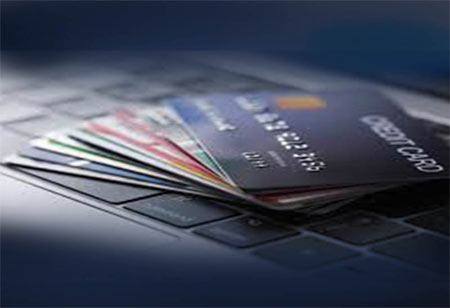THANK YOU FOR SUBSCRIBING

By
Banking CIO Outlook | Monday, October 31, 2022
Stay ahead of the industry with exclusive feature stories on the top companies, expert insights and the latest news delivered straight to your inbox. Subscribe today.
Clear frontrunners are developing in the race to provide banking and payments infrastructure for embedded finance, but there is still room for both established players and new entrants to carve out a share of this exciting industry.
FREMONT, CA: Most new businesses nowadays are too small to ever deal with a traditional bank. By logging into their online store or accounting software, they can get a deposit account and a debit card and take care of most of their financing needs. Banks are not the typical operators of such services. Instead, they are software companies working with banks and other providers to make it easier for customers to access various financial services in one streamlined location. The embedded-finance revolution is bolstered by this new mode of cooperation between banks, technology suppliers, and distributors of financial products through non-financial channels. The payments industry, which is at the crossroads of retail, banking, and business services, is the ancestry of many would-be embedded finance providers.
According to McKinsey's market-sizing model, embedded finance will generate $20 billion in sales in the United States alone by 2021. The value of this integrated experience for clients helps to explain why.
The placement of a financial product into a non-financial client experience, journey, or platform is embedded finance. That's not groundbreaking on its own. Private-label credit cards issued by companies other than banks have been widely accepted in stores, supermarkets, and airlines for decades. Appliance retailers and car dealerships are two more common sources of embedded financing.
These agreements let the banks that back them connect with their target audience.
The next generation of embedded finance is incredibly effective because it integrates financial products into digital interfaces that clients interact with regularly. Examples are accounting programs, shopping carts, and loyalty programs for repeat customers. Purchasing financial services for individuals and businesses using these interfaces becomes a natural extension of non-financial experiences like online shopping, scheduling employees, and managing inventories. The use of this type of embedded finance, which is more deeply rooted, has grown significantly in the United States in recent years.
Changes in the business landscape, consumer habits, and technological advancements have all played a role in the rise of embedded finance. The possibility of incorporating finance into non-financial client interactions has greatly risen as commerce and company administration have become increasingly digital. With 33 percent of all card purchases made worldwide coming from online transactions, it's no surprise that digital solutions have become increasingly important to small and medium-sized enterprises in the United States. More people and businesses are open to obtaining all of their financial services online due to the growth of the digital native population. Third-party fintech firms can now access consumers' banking data and even the power to transact on their behalf thanks to open-banking innovation, which has been bolstered by mandates in the European Union and market-driven adoption in the United States.
THANK YOU FOR SUBSCRIBING
Be first to read the latest tech news, Industry Leader's Insights, and CIO interviews of medium and large enterprises exclusively from Banking CIO Outlook
I agree We use cookies on this website to enhance your user experience. By clicking any link on this page you are giving your consent for us to set cookies. More info



